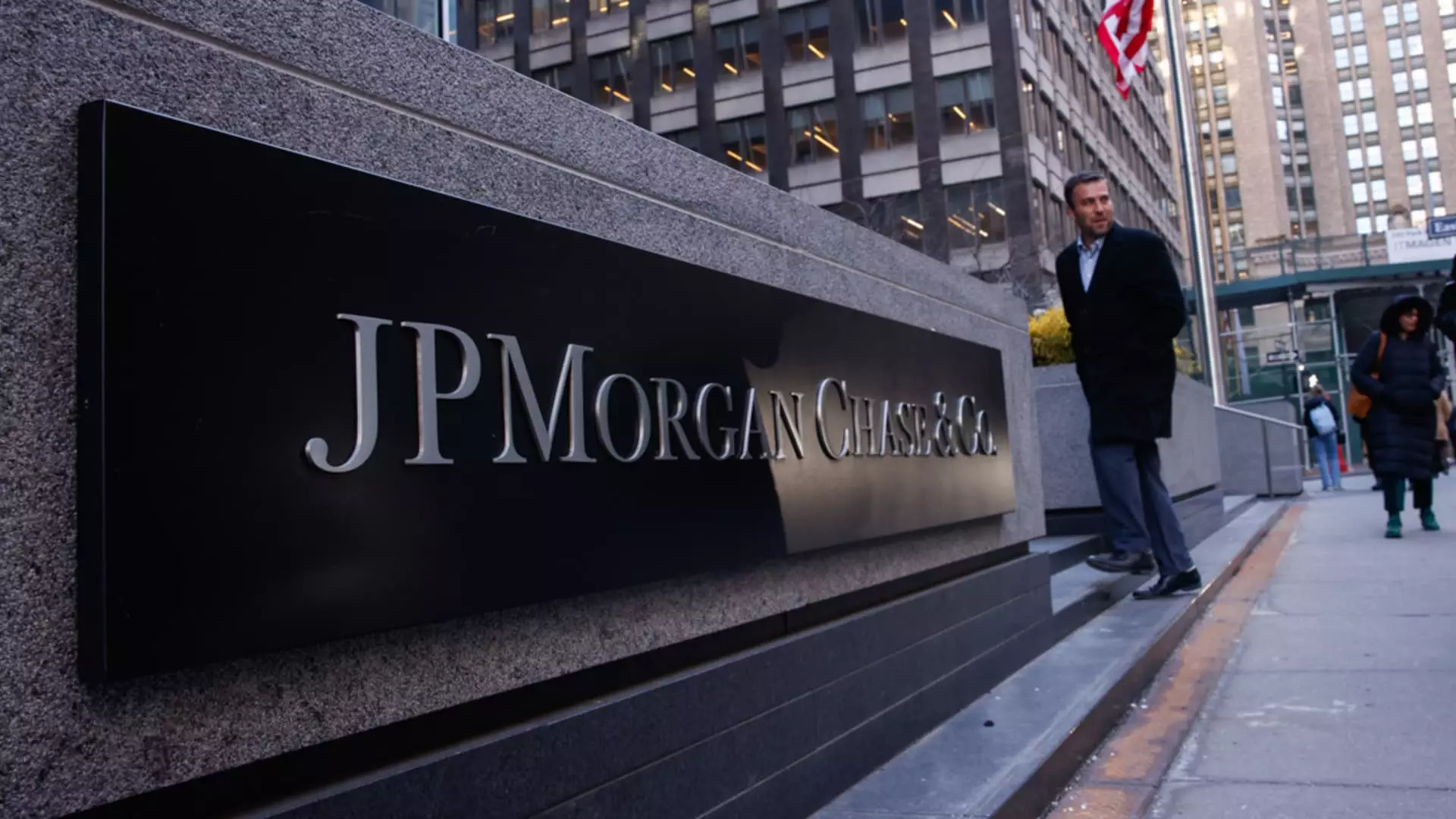In recent months, the financial sector has experienced an almost intoxicating rally, with titans like JPMorgan Chase and Morgan Stanley leading the charge. Behind this surge, however, lies a complex web of optimism fueled by projections and strategic optimism that should be approached with skepticism. A close examination reveals that much of this enthusiasm may be more about narrative reinforcement than tangible, long-term growth. Although some analysts predict significant upside, the reality suggests that the banking sector might be vulnerable to overextension—a dangerous trap for investors lured by bullish forecasts that might not withstand economic headwinds.
The recent upgrades from Keefe, Bruyette & Woods (KBW) appear promising on the surface. Setting a target for JPMorgan at $327, implying a 27% rise, seems attractive. Yet, upon closer scrutiny, this optimism may be overly reliant on the assumption that deregulation and scale will continually sing in the bank’s favor. While strategic advantages are undeniable, history warns us that aggressive expansion, even when backed by assumptions of regulatory easing, can lead to complacency. The banking industry’s inherent volatility means that what seems like a solid profit foundation today could unravel with just a slight turn in macroeconomic conditions or regulatory policies.
Furthermore, contrasting perspectives like HSBC’s cautious downgrade serve as a sobering reminder that not everyone can see this gamble as a clear opportunity. HSBC’s conservative stance offers a reality check, emphasizing the risks of overconfidence in a turbulent economic landscape. The decline in shares amidst bullish calls underscores the fragility of current optimism, illustrating that markets remain highly sensitive to geopolitical shifts, inflation concerns, and potential tightening of monetary policies. This stark divergence between bullish and bearish outlooks signals a volatile environment where speculative fervor must be balanced with prudence.
Will the Momentum Sustain, or Are We Riding a Market Bubble?
The recent outperformance of banks such as JPMorgan and Morgan Stanley raises the question: Is this rally grounded in genuine strength or merely a transient episode of investor exuberance? A 21% and 26% increase over three months for these giants demonstrates their capacity for growth, but it also raises red flags about sustainable valuation levels. Are these gains reflective of real improvements in the banks’ fundamentals, or are they driven by a herd mentality chasing recent momentum?
Investors should be wary of chase-driven surges, especially in sectors susceptible to macroeconomic shocks. The assumption that deregulation will continually incentivize buybacks and M&A may be overly simplistic. Regulatory environments are inherently unpredictable, and any reversal or slowdown could abruptly deflate these inflated valuations. Moreover, the narrative that large banks have an “advantage” based solely on scale and business model robustness must be scrutinized within the larger macroeconomic context, which remains generally fragile. Inflation pressures, the potential for recession, and geopolitical unrest serve as cautionary signals that the current rally could be just another phase of market overconfidence.
Regional banks, like Citizens Financial and PNC, have also experienced substantial gains, often benefiting from the broader sectorial enthusiasm. However, their growth prospects are inherently more dependent on local economic conditions and strategic M&A activity rather than the macro headwinds that large universal banks might weather better. The optimism around deregulation and strategic mergers as growth catalysts, although plausible, rests on assumptions that may not be realized swiftly or at all. Overreliance on these narratives can set investors up for disappointment if the economic landscape shifts unexpectedly.
Are We Overestimating the Power of Scale and Deregulation?
While there’s no doubt that large-cap banks benefit from efficiency, economies of scale, and regulatory advantages, equating this with guaranteed long-term success is naive. The belief that deregulation will dramatically widen profit margins assumes a political climate conducive to dismantling protections that have historically safeguarded the financial system. Should regulatory reforms stall or reverse, the projected benefits may not materialize as expected.
Furthermore, the persistent focus on “business model superiority” and high ROTCE (Return on Tangible Common Equity) can be somewhat misleading if it glosses over underlying vulnerabilities. Banks operate in a highly sensitive environment where credit quality, interest rate fluctuations, and capital adequacy are ongoing concerns. The current bullish outlook risks neglecting these subtleties, favoring a narrative that feels good in headlines but can be disastrous if macroeconomic conditions sour.
This situation demands a careful, skeptical approach. When valuations are driven primarily by strategic optimism and regulatory assumptions, investors must ask: is this the foundation of durable growth, or are we merely riding a wave of market sentiment that could easily break? The truth likely lies somewhere in between, but the danger lies in ignoring the warning signs highlighting potential vulnerabilities beneath the surface.

